
Sieste

Pictures: 27.xii.2006, 29.xii.2018


Pictures: 27.xii.2006, 29.xii.2018
| The waterworks | The workfloor |
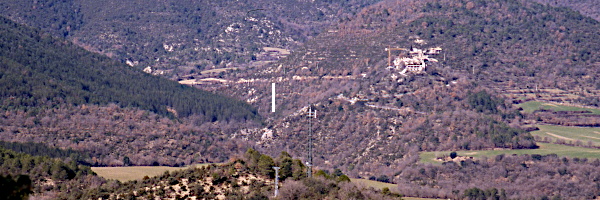

The water was stored in the mill pond (3) situated at the back of the construction. The bunch of green trees at the right below the meadow in (2) are growing between the walls of the pond. The trees are making it difficult to get an overview but it is possible to enter the pond and then appreciate the impressive size and depth. It is surrounded by huge earthen walls which, in the corner leaning against the molino, are replaced by a wall built of regularly shaped natural stone blocks (3-4).
Two pressure pipes are present. One of these saetines is obstructed by silt, the other (4, 5) is wide open and shows clearly how its roof is built from large flat stones (5). You can look straight through to the wooden nozzle (botana).
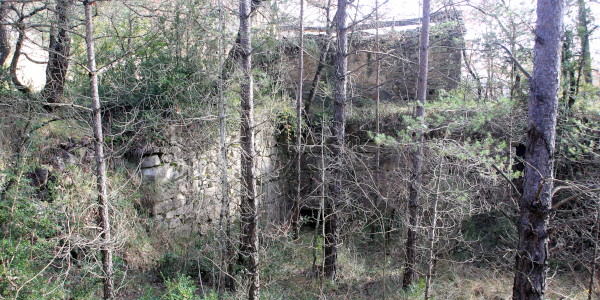
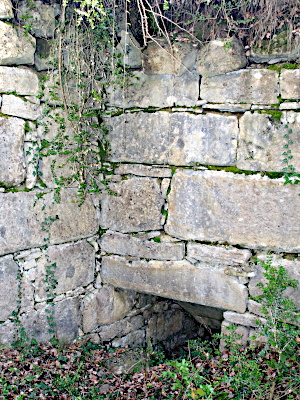
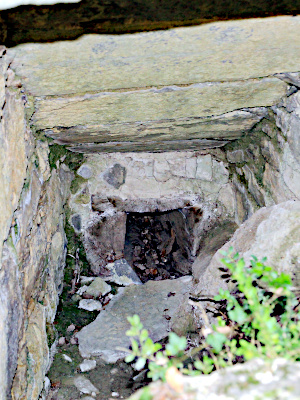
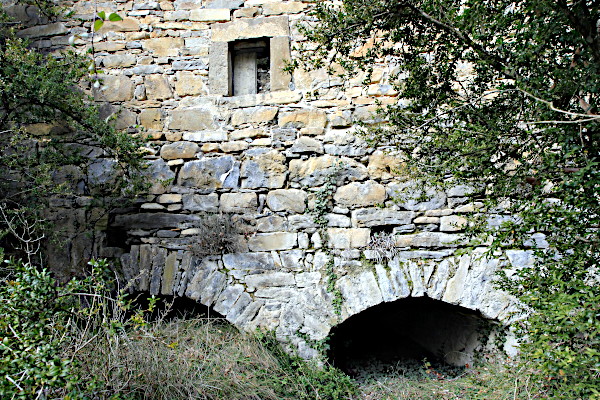
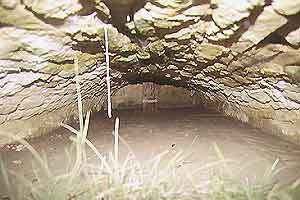
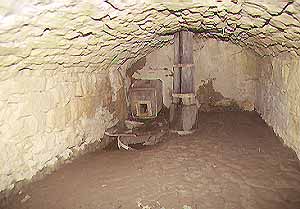
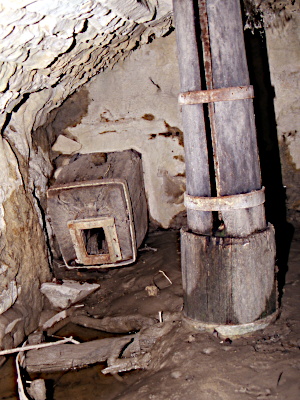

| The waterworks | The workfloor |